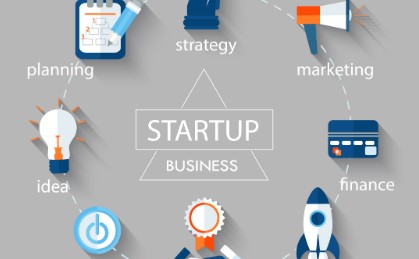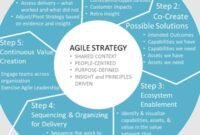Here’s content about transitioning from startup to long-term success, formatted as requested:
The journey from a fledgling startup to a thriving long-term business is a challenging but rewarding one. It requires more than just a great initial idea; it demands adaptability, resilience, and a strategic vision that extends far beyond the initial launch.
Beyond the Launch: Sustaining Momentum
The initial excitement of a startup can mask fundamental weaknesses. Early adopters might be forgiving of imperfections, but long-term success hinges on delivering consistent value. This means focusing on product or service improvement based on user feedback. Data analysis becomes critical. Track key performance indicators (KPIs) to understand user behavior, identify areas for optimization, and proactively address potential problems. Don’t be afraid to pivot if necessary; clinging to a flawed initial concept can be fatal.
Building a Scalable Foundation
A startup’s early systems are often makeshift solutions. As the business grows, these systems become bottlenecks. Investing in scalable infrastructure, including technology, processes, and personnel, is essential. This might involve implementing CRM software, automating marketing efforts, or refining supply chain management. Equally important is building a strong team. Hire individuals who are not only skilled but also adaptable and committed to the company’s long-term vision. Empower them to take ownership and contribute to the company’s growth.
Cultivating Customer Loyalty
Acquiring new customers is expensive. Retaining existing customers is far more cost-effective. Focus on building strong customer relationships through excellent customer service, personalized communication, and loyalty programs. Actively solicit feedback and use it to improve the customer experience. Turn satisfied customers into brand advocates who will spread positive word-of-mouth and drive organic growth.
Financial Discipline and Strategic Growth
Many startups fail due to poor financial management. Maintain meticulous financial records, track cash flow diligently, and develop realistic financial projections. Secure funding strategically, avoiding excessive debt that could cripple the business. Prioritize profitable growth over rapid expansion. Focus on building a sustainable business model that can withstand market fluctuations and competitive pressures.
Adapting to Change and Innovation
The business landscape is constantly evolving. A successful long-term business must be able to adapt to changing market conditions, emerging technologies, and evolving customer needs. Foster a culture of innovation, encouraging employees to explore new ideas and experiment with new approaches. Continuously monitor the competitive landscape and be prepared to adjust your strategy as needed. Long-term success is not about maintaining the status quo; it’s about embracing change and constantly seeking opportunities for improvement.
In conclusion, transitioning from a startup to a long-term success story requires a blend of vision, execution, and adaptability. By focusing on customer value, building a scalable foundation, maintaining financial discipline, and embracing innovation, startups can increase their chances of achieving lasting success.




